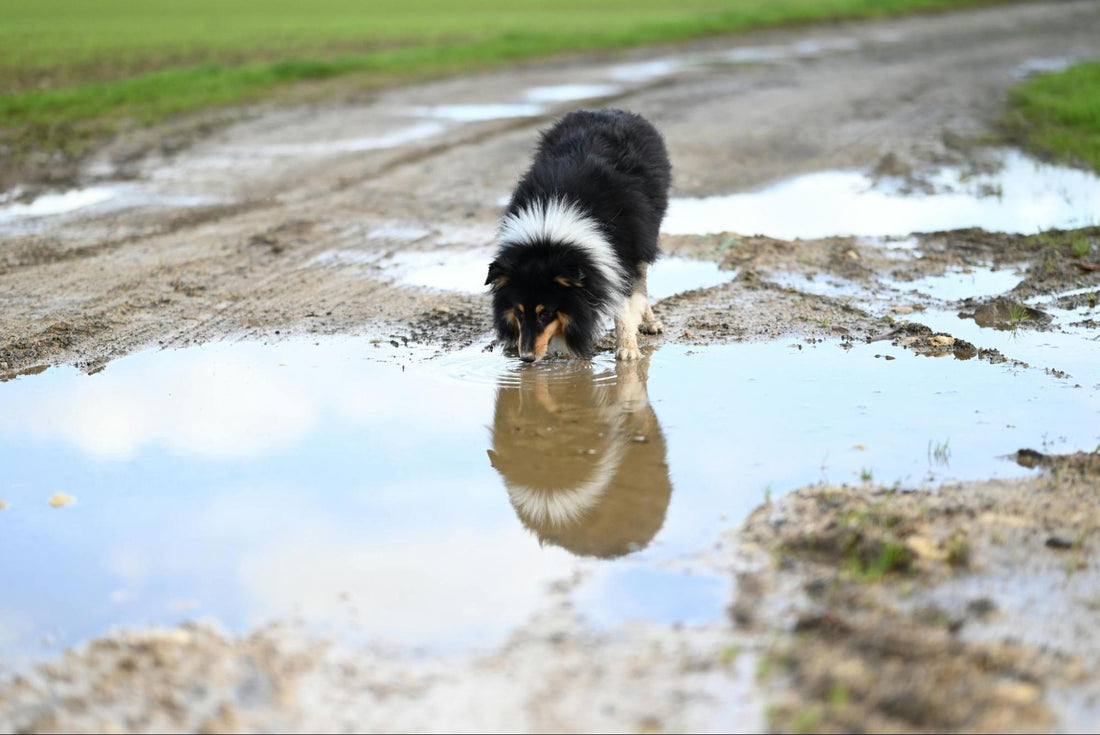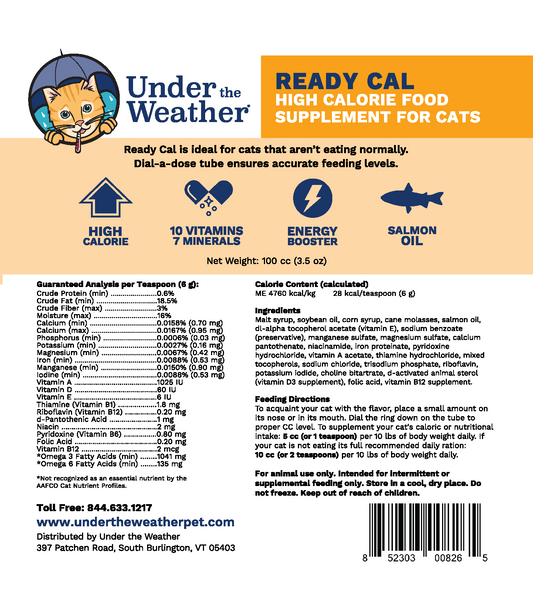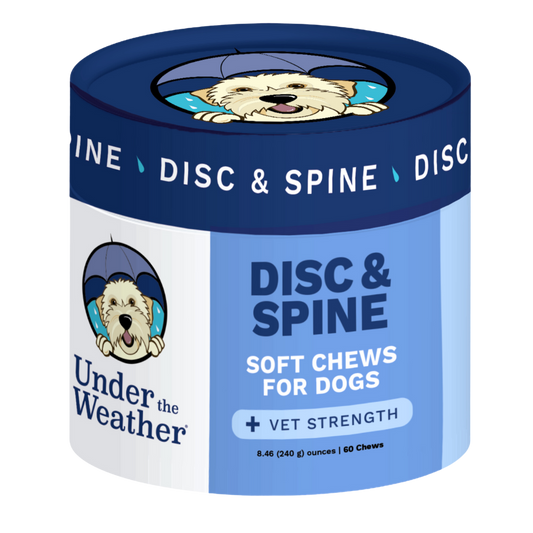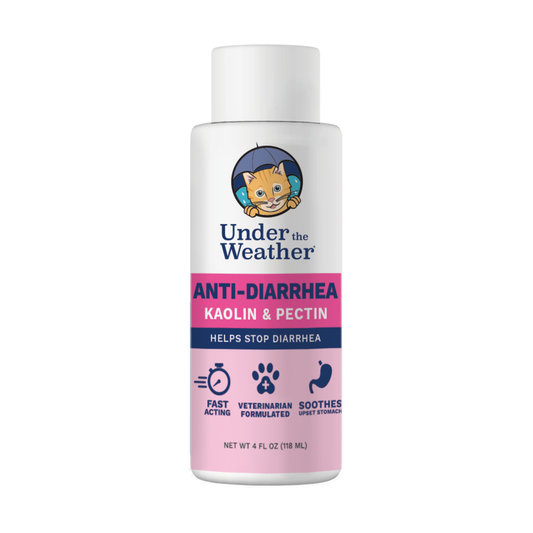Giardia is a common intestinal parasite affecting dogs of all ages and breeds; it causes diarrhea, vomiting, and gastrointestinal discomfort in infected animals. One effective way to manage the symptoms and promote recovery is through a bland diet. This article will guide you through understanding Giardia, diagnosing the infection, and creating a suitable bland diet for your furry friend.
Understanding Giardia in Dogs
What is Giardia?
Giardia is a microscopic parasite that resides in the intestines of infected animals, including dogs. It is commonly found in contaminated water sources, such as lakes and streams, and can be easily transmitted through ingestion. Once ingested, the parasite attaches itself to the lining of the small intestine, causing inflammation and digestive disturbances.
Interestingly, Giardia undergoes a unique life cycle that involves two stages: a fragile, feeding stage where it attaches to the intestinal wall, and a hardy, infective stage that is excreted in feces. This dual-stage life cycle contributes to Giardia’s resilience in the environment, making it a persistent threat to dogs and other animals.
Symptoms of Giardia in Dogs
The symptoms of Giardia infection in dogs may vary; common signs include watery, foul-smelling diarrhea, vomiting, weight loss, and decreased appetite. Some dogs may also exhibit lethargy and abdominal pain. If any of these symptoms are observed, consulting with your veterinarian for proper diagnosis and treatment is important.
In severe cases, Giardia infection can lead to dehydration and nutrient malabsorption, affecting the overall health and well-being of the dog. Timely intervention and treatment are crucial to prevent complications and facilitate recovery.
How Dogs Contract Giardia
Dogs can contract Giardia by ingesting contaminated water, food, or feces from infected animals. Those that frequent areas with poor sanitation–such as dog parks or kennels–are at an increased risk of contracting the infection. Additionally, direct contact with infected animals can also lead to transmission. Taking preventive measures, such as providing clean water and maintaining good hygiene practices, is crucial for your dog.
Moreover, certain environmental factors, including temperature and moisture levels, can influence the survival and transmission of Giardia cysts. Understanding these factors can assist dog owners in making informed decisions to minimize their canine companions’ risk of exposure and infection.
Diagnosing Giardia in Dogs
Veterinary Tests for Giardia

When diagnosing Giardia in dogs, veterinarians use a variety of tests to ensure accurate results. The primary method involves a fecal examination, in which a small sample of the dog’s feces is collected and examined under a microscope for the presence of Giardia cysts. These cysts indicate an infection and necessitate further action.
In addition to the standard fecal examination, veterinarians may also recommend supplementary tests for a comprehensive diagnosis. These can include antigen tests, which detect specific proteins associated with Giardia, or DNA tests for a more precise identification of the parasite. Utilizing a combination of these tests allows veterinarians to confirm Giardia’s presence and customize treatment accordingly.
Interpreting Test Results
The test results will indicate whether your dog is infected with Giardia or not. Consulting your veterinarian to understand the significance of the results and to determine the appropriate treatment plan for your dog is important. If your dog tests positive for Giardia, prompt treatment is necessary to minimize the symptoms and prevent the spread of the infection.
Treating Giardia in Dogs
Medications for Giardia
Your veterinarian will prescribe medications to treat your dog’s Giardia infection. These medications, specifically designed to target and eliminate the parasite, commonly include metronidazole and fenbendazole. Strictly following the prescribed dosage and treatment duration is crucial to ensure its effectiveness.
Metronidazole works by disrupting the DNA and cellular function of the Giardia parasite, ultimately causing its death. Fenbendazole, on the other hand, inhibits the parasite's ability to absorb glucose, effectively starving it to death. While both medications effectively treat Giardia, completing the full course of treatment as directed by your veterinarian is vital to prevent recurrence.
Importance of Hydration
During and after treatment, keeping your dog well-hydrated is essential. Giardia infection can lead to dehydration due to the associated diarrhea and vomiting. Offering clean and fresh water to your dog more frequently is important, and, if necessary, your veterinarian may recommend adding electrolytes to the water to help replenish lost fluids and promote recovery.
Dehydration can result in serious complications, making it crucial to monitor your dog's water intake. Providing wet food or broth can also help increase their fluid intake. If your dog shows signs of severe dehydration, such as sunken eyes, lethargy, or dry gums, contact your veterinarian immediately for further guidance on rehydration methods.
The Role of Diet in Giardia Treatment
What is a Bland Diet?
A bland diet consists of easily digestible foods that are gentle on the gastrointestinal system. It aids in soothing irritated intestines and reducing the severity of diarrhea and other gastrointestinal symptoms. A bland diet typically includes foods such as boiled chicken, cooked rice, and plain pumpkin. When implementing a bland diet for Giardia treatment, it is important to avoid foods that could further irritate the digestive system, such as fatty or spicy foods. Opting for simple, plain ingredients helps the gut rest and recover from the infection.

Benefits of a Bland Diet for Dogs with Giardia
A bland diet offers several benefits for dogs with Giardia. It provides easily digestible nutrients that are essential for your dog's overall health and healing. Additionally, it helps bind loose stools and reduces the frequency of diarrhea episodes. A bland diet can also help alleviate digestive discomfort and promote a faster recovery from Giardia infection. Incorporating probiotic-rich foods like plain yogurt can help restore the balance of healthy gut bacteria, which may have been disrupted by the Giardia infection. Probiotics can aid in strengthening the immune system and improving digestion, supporting your dog's recovery process.
Creating a Bland Diet for Your Dog
Suitable Ingredients for a Bland Diet
When creating a bland diet for your dog with Giardia, choosing ingredients that are easily digestible and gentle on the stomach is important. Suitable options include boiled chicken breast or lean ground turkey, cooked white rice or sweet potato, and plain canned pumpkin (not pumpkin pie filling). These ingredients are relatively bland and provide the necessary nutrients for your dog's healing process.
Boiled chicken breast is an excellent choice for a bland diet as it is low in fat and easy to digest. It provides a good source of lean protein, which is important for your dog's overall health. Lean ground turkey is another option that can be used interchangeably with chicken. It is important to remove any skin, bones, or fat from the meat to prevent any digestive issues.
Cooked white rice or sweet potato are both easily digestible sources of carbohydrates that can help soothe your dog's upset stomach. These ingredients provide a gentle source of energy and can help firm up loose stools. Additionally, they are rich in vitamins and minerals that can support your dog's immune system during the healing process.
Plain canned pumpkin is a great addition to a bland diet as it is high in fiber and can help regulate your dog's bowel movements. It is important to note that you should use plain canned pumpkin and not pumpkin pie filling, as the latter often contains added sugars and spices that can be harmful to your dog.
Preparing the Bland Diet
To prepare a bland diet for your dog, start by boiling the chicken breast or ground turkey until fully cooked. This ensures that the meat is safe for consumption and reduces the risk of any potential bacterial contamination. Once cooked, remove any skin, bones, or fat, as these can be difficult for your dog to digest and may cause further gastrointestinal upset.
Next, chop the meat into small, easily digestible pieces. This step is important as it makes it easier for your dog to chew and swallow the food. It also helps prevent any choking hazards, especially for smaller breeds or dogs with dental issues.
Cook the rice or sweet potato separately, ensuring they are well-cooked and easily mashed. This step is crucial as it softens the grains or vegetables, making them easier for your dog to digest. It also helps release the nutrients from these ingredients, ensuring that your dog receives the maximum benefit from their bland diet.
Once both the meat and rice/sweet potato are ready, mix them together in a suitable ratio. The ratio will depend on your dog's individual needs and tolerance, as some dogs may require a higher proportion of meat for added protein, while others may benefit from a higher proportion of carbohydrates for energy. It is important to find the right balance that works best for your dog.
Finally, add a small amount of plain canned pumpkin to the mixture. This can help provide additional fiber and digestive benefits, aiding in your dog's recovery from Giardia. The pumpkin can also add a touch of flavor to the otherwise bland diet, making it more palatable for your furry friend.
Transitioning Your Dog to a Bland Diet
When transitioning your dog to a bland diet, it is important to do so gradually to avoid causing further digestive upset. Sudden changes in diet can lead to diarrhea or vomiting, which can worsen your dog's condition. Instead, start by replacing a small portion of your dog's regular food with the bland diet and gradually increase the ratio over several days.
Monitor your dog's response to the new diet closely. Observe any changes in their stool consistency, appetite, and overall well-being. Should your dog exhibit any adverse reactions or if their symptoms worsen, consulting your veterinarian for further guidance is crucial. They can provide personalized recommendations based on your dog's specific needs and tolerance.
Remember, every dog is unique, and what works for one may not work for another. It is crucial to tailor the bland diet to your dog's individual requirements and to seek professional advice when needed. By following these guidelines and working closely with your veterinarian, you can help your dog overcome Giardia and support their journey back to optimal health.

